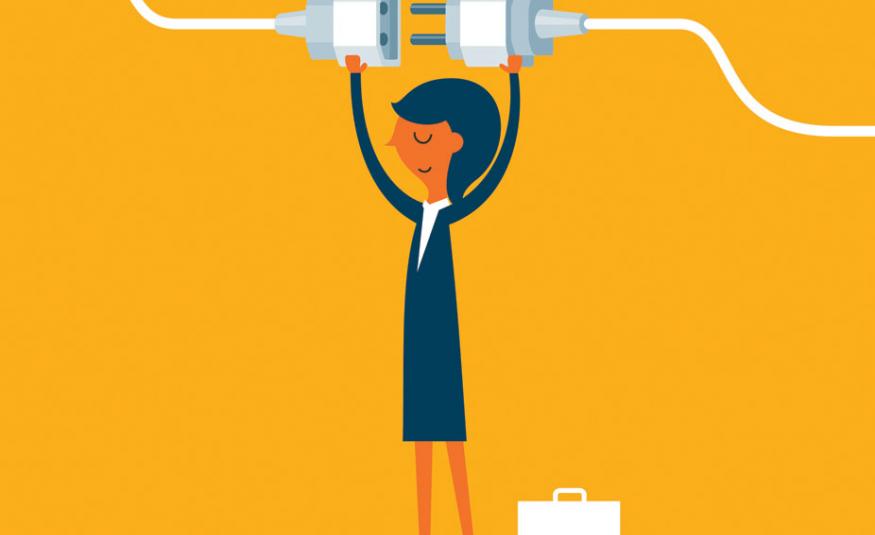Lourda Derry, director of Easyfairs UK addresses the science behind operations and the profile of our audiences.
As 2016 was ushered in with buckets of champagne and an embarrassing game of charades, I got thinking on one particular thought, 2006 was now a full decade ago.
Since 2006 I’ve certainly changed; the way I consume TV has changed; my phone has changed inconceivably (the first Apple iPhone wasn’t released until 2007); social media has become part of my everyday life and the whole advertising world has shifted with the latest development being virtual advertising. I then direct my focus back to exhibition features – are we truly progressing in the same way?
The word ‘feature’ could mean a distinctive attribute; a magazine article; a feature film. The fact is none of these definitions particularly address exhibitions. The Collins Dictionary as good as gives the definition of a ‘feature’ as a very noticeable big nose, so I’ve landed on my favourite and clearly most appropriate, the Cambridge Dictionary definition; ‘important part of something’.
Swap ‘something’ for ‘event’ and we’re done. Right? Wrong.
When we brainstorm with our show teams about features, the litmus test must be conducted; ‘does your feature attract more visitors?’ and/or ‘does your feature increase the visitor dwell time and interaction?’. When it comes to the delivery the ops teams are then focused on delivering an in-budget and good-looking feature.
These are our fail-safes and should not be forgotten in our quest to try something new.
Yes, we all adopt the new trends in hospitality, from vintage candyfloss machines to street food, we listen to our suppliers regarding new tech and we embrace it; we really do. Let us never stop our enthusiasm for the bright and new, however I have a sneaking and growing suspicion that we need to apply the increasing world of data we live in to increase the engagement of audiences with the on-site experiences.
This isn’t just about displaying the newest developments in your chosen industry, it’s about facilitating knowledge transfer in the right way for your audience.
Let me give an extreme and surreal (in equal measures) example. Mr Maple is a professional expert in leaves. He should therefore be interested in attending Leaf Expo, in fact we’ve made him a VIP where he will drink mint leaf tea and at lunch he will enjoy nettle soup, he will only be interested in content about leaves, and the way in which he engages and consumes content will be in the same way as Mrs Macadamia the nut expert does.
Now, some or even perhaps all of the above may well be true, but I fear we often jump to these conclusions rather than basing them on analytical data. We assume that because Mr Maple is in the leaf industry that’s all there is to him and the same for nuts and Mrs Macadamia. Mr Maple and Mrs Macadamia aren’t just industry experts, they’re people and they have other interests and preferences.
Anyone that’s worked with me, or peers that have allowed me to get on my soap box for any length of time will have heard me waxing lyrical about forgetting B2B or B2C and trying B2H (Business to Humans for those who have successfully avoided the two scenarios above). I can’t claim this an original thought, but it’s a valid one all the same.
Let’s put aside for a moment the angle of big data and how the world is changing for us. Instead of big data, which is often too disconnected from our very real questions regarding our exhibitions, we should be investing our time in understanding the profile of our audiences. Truly embracing the varied interests of our potential visitors, understanding their motivations within the multiple tribes they identify with, will no doubt lead to providing more meaningful connections with our clients.
What is the future of features? I believe it’s a combination of new technology, embracing new trends but importantly accessing the data on our audiences and applying our gained knowledge to adapting our features and creating tailored experiences. If we frame our new insights with the event’s mission, I’m pretty sure we can progress our features in 2016 and beyond.






